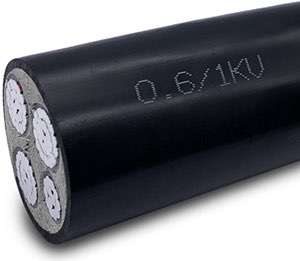 Author: Joey Wan
Author: Joey Wan  February 28,2022
February 28,2022

Flame retardant cable can be divided into general flame retardant cable, low halogen flame retardant cable, low halogen low smoke flame retardant cable and zero halogen low smoke flame retardant cable according to the amount of halogen gas and smoke generated during combustion.
Zero halogen flame retardant cable does not produce corrosive harmful gases when burning, and the smoke is also very small, which can control the disasters and losses caused by cable fire accidents to the minimum. JZD Cable introduces the 4 characteristics of zero halogen cable for you and maybe will cost you 9 minutes.
Zero halogen characteristic refers to the combustion does not produce corrosive harmful gases, such as CI2, HCI, COCIf, HBr, HF, etc. The corresponding standards for test methods are: IEC 754-2, DIN 57472-883, BS 6425.
Low smoke characteristic refers to the ability to reduce the smoke concentration generated by zero halogen cable combustion. The commonly used test methods are IEC 1034 and BS 672.
Flame retardancy refers to the ability to reduce the tsuen speed of flame in the combustion state, and is usually tested by bundle zero halogen cable combustion test. At present, there are many test standards for flame retardant characteristics of flame retardant cables in various countries, among which IEC 332-3 and IEEE 383 are commonly used for bundle cable combustion test standards.
Fire resistance refers to the ability to maintain a safe operation for a certain period of time under the state of combustion, the most stringent is BS 6387 standard, the highest flame temperature of 950C, the longest duration of 3h, accompanied by water spray and mechanical impact.
